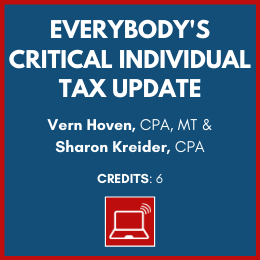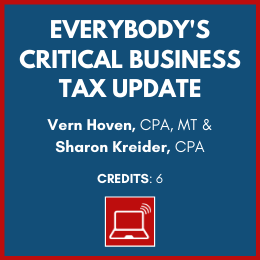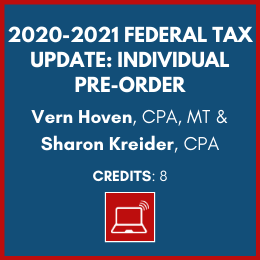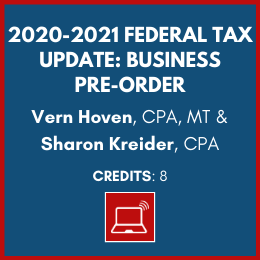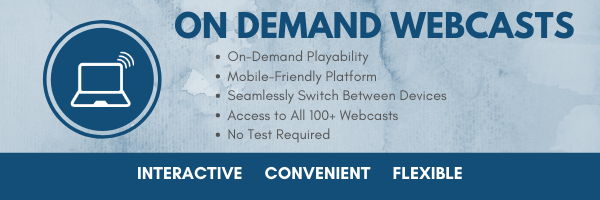
PPP Loan Forgiveness Clarified — Again
It happened again. New law on Paycheck Protection Program forgiveness was signed by the President on June 5, 2020, and a correction showed up three days later. On June 8, 2020, Treasury Secretary Mnuchin and SBA Administrator Carranza issued a joint statement that clarified (or maybe corrected) a forgiveness provision in the Paycheck Protection Program Forgiveness Flexibility Act (HR 7010).
60% Spent on Payroll Clarified
Earlier in the year, Treasury and SBA issued an interim final rule that required borrowers to spend at least 75% of the PPP loan proceeds on payroll. HR 7010 reduced the payroll spending requirement to 60%. However, the legislation seemed to have added a cliff to the payroll percentage requirement. The text of the Act placed this limitation on forgiveness: “to receive loan forgiveness, an eligible recipient shall use at least 60 percent of the covered loan amount for payroll costs . . .”
Could it be that Congress intended zero forgiveness if the business didn’t spend at least 60% of the loan proceeds on payroll? Treasury and SBA provided assurance in their joint statement that even if the business fails to spend the required 60% on payroll, partial forgiveness is available. “If a borrower uses less than 60 percent of the loan amount for payroll costs during the forgiveness covered period, the borrower will continue to be eligible for partial loan forgiveness . . .”
Example. The business borrowed $100,000 from the Paycheck Protection Program. In the first scenario, it spent $60,000 on payroll and $30,000 on interest, rent, and utilities during the covered period. Because the business spent 60% of the loan proceeds on payroll, the forgiveness amount is equal to the $90,000 spent during the covered period.. In scenario two, the business spent the same $90,000 but $50,000 was spent on payroll and $40,000 on interest, rent, and utilities during the covered period. Because the business spent less than 60% of the loan proceeds on payroll, the forgiveness amount is limited to $83,333 ($50,000 + $33,333 [50% ÷ 60% x $40,000]).
Other Important Changes in HR 7010
The PPP Loan forgiveness was modified in the Paycheck Protection Program Forgiveness Flexibility Act to include these other important changes:
- Extend the covered period for loan forgiveness from eight weeks after the date of loan disbursement to 24 weeks after the date of loan disbursement.
- Provide a safe harbor from reductions in loan forgiveness based on reductions in full-time equivalent employees for borrowers that are unable to return to the same level of business activity the business was operating at before February 15, 2020, due to compliance with requirements or guidance issued between March 1, 2020 and Dec. 31, 2020 by HHS, CDC or OSHA, related to worker or customer safety requirements due to COVID–19.
- Increase to five years the maturity of PPP loans that are approved by SBA (based on the date SBA assigns a loan number) on or after June 5, 2020.
- Extend the deferral period for borrower payments of principal, interest, and fees on PPP loans to the date that SBA remits the borrower’s loan forgiveness amount to the lender.
- Provide an employer payroll tax deferral for the PPP Loan borrower before and after loan forgiveness.
Remind your small business client that there is
still time to apply for a PPP Loan. $130 billion
of loan monies is available, but only until the
loan program closes on June 30, 2020.


